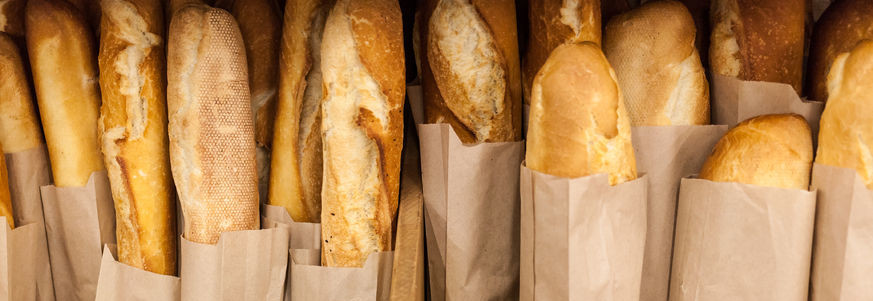
One key area to keep in mind when creating a clean label is shelf life and food safety. Mold inhibition is a constant battle within the baking industry as many aspects of the baking process can affect mold growth. Cultured Wheat Flour serves as a great alternative to the artificial preservatives that consumers are looking to avoid.
Nature’s mold inhibitor cultured wheat
Cultured wheat is a fermented wheat flour, made with Propionibacterium freudenreichii. Commonly found in dairy products, such as swiss cheese, P. freudenreichii uses active compounds that slow the growth of acillus subtilis, Escherichia coli and some Pseudomonas in both acidic and pH neutral conditions. This of course, helps with extending shelf life.1 Another reason cultured wheat does so well in bakery products is because the acids at play do not interfere with the functions of yeast.
Not only do bakeries need to concern themselves with keeping their labels clean for customers, but maintaining the quality of their products is equally as important. A major benefit of using Cultured Wheat as a clean label mold inhibitor is that it does not compromise texture, aroma or taste of the final product.
A tried and tested ingredient
More than four decades ago, J&K Ingredients, Inc. introduced naturally fermented mold inhibitors to the industry. Today, Bred-Mate is recognized around the world as the best Clean Label ingredient for increasing shelf life and enhancing natural flavor and aroma!
J&K’s Clean Label line of Bred-Mate products will keep your bread mold-free without the need for Artificial Preservatives allowing our customers to proudly and honestly label their food the right way.
Bred-Mate is developed through a natural fermentation process that allows for the baker to substitute artificial preservatives for a Clean Label alternative.
References
- Danilova, Irina V., Hao Lee, Tatyana P. Tourova, Eugenia P. Ryzhkova, and Alexander I. Netrusov. “Propionibacterium Freudenreichii Strains As Antibacterial Agents At Neutral pH And Their Production On Food-Grade Media Fermented By Some Lactobacilli.” Journal of Food Safety 32.1 (2011): 48-58.

